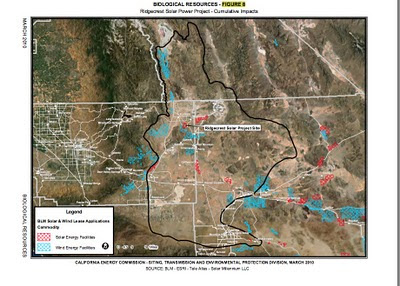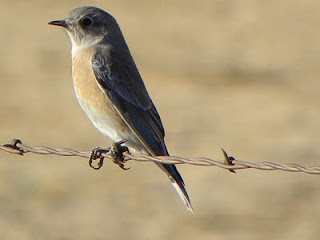Ridgecrest Solar Power Project Consideration Suspended for Two Years

According to a letter submitted by Solar Millennium, the company has asked the California Energy Commission (CEC) to temporarily suspend the application review of its proposed Ridgecrest Solar Power project. As noted previously on this blog , the Ridgecrest Solar power project could fragment critical Mohave Ground Squirrel habitat and harm a healthy desert tortoise population. Solar Millennium intends to use the suspension period to conduct an intensive study of the Mohave Ground Squirrel--aided by a known expert on the species--to shed light on the population and behavior in the vicinity of Ridgecrest beginning in Spring 2011 and run for two years. In its letter, Solar Millennium stated its plans to restart the application for the Ridgecrest site if the study finds that construction will not significantly impact the Mohave Ground Squirrel. The company could use the study to find a configuration for the site (or perhaps an alternative location) that would be less likely to d




